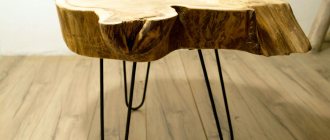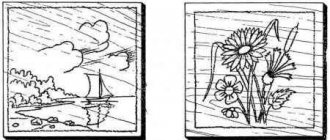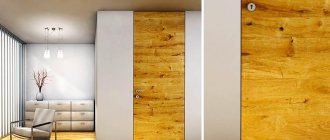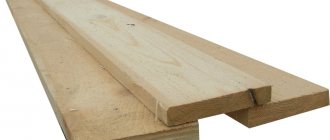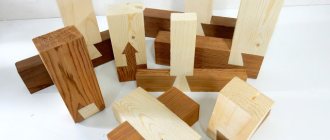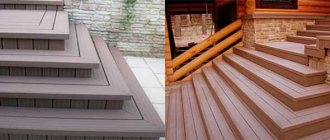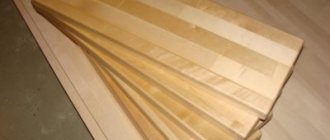Wood boards: the path from antiquity to modern times
Solid wood boards quickly became unusable: bacteria multiplied freely on the surface of a monolithic piece, and cleaning such a product efficiently was not an easy task. In addition, the tree shriveled, became deformed, and darkened.
Since the mid-20th century, cutting boards began to be made of plastic; glass models of boards appeared relatively recently. However, wooden products have retained their relevance, and such boards can be found in almost every kitchen.
It turned out that wooden boards made from compressed fiber are much more practical and durable than products made from a single piece of wood. Such innovative boards, for example, Epicurean, with an absolutely natural composition, do not absorb moisture, do not deform and last a long time. Today they are used by professional chefs, and are also purchased by people who know a lot about cooking.
Cutting a plywood cutting board
There are many rules for cutting, but you need to rely on the most common ones. Since there are no internal parts here, we immediately begin cutting out the outline. There is no need to rush when cutting. The main thing is to always keep the jigsaw straight at a 90-degree angle when cutting. Saw out the parts along precisely marked lines. The movements of the jigsaw should always be smooth up and down. Also, do not forget to monitor your posture. Try to avoid bevels and unevenness. If you go off the line while cutting, don't worry. Such bevels and irregularities can later be removed using a flat file or “coarse-grained” sandpaper.
Rest
When sawing, we often get tired. Fingers and eyes, which are always tense, often get tired. When working, of course, everyone gets tired. In order to reduce the load, you need to do a couple of exercises. You can view the exercises here. Do the exercises several times during work.
Burning on a cutting board
To make it more similar, you can add a few strokes in the form of lines using an electric burner. It can be very difficult to burn a pattern beautifully, but here there are not many lines and they are quite simple to make. First you need to draw lines with a pencil, then slowly go along these lines with an electric burner. You can read how to work with an electric burner and add patterns here.
Stone “board” as a prototype of modern
In primitive times, when the only sources of human food were hunting and gathering, suitable shaped stone blocks with a smooth surface acted as cutting boards for large carcasses of meat. Carcasses were divided into parts using homemade tools. Surprisingly, the stone was the prototype of modern boards.
After some time, the stone was replaced by wooden boards, and they existed almost unchanged until the 20th century! Of course, over time, their shape and smoothness improved, because machines and construction tools appeared that could make a piece of wood perfectly even and smooth. But the essence remained the same - the board was a processed piece of wood, and the products could differ only in the type of wood (birch, pine, oak and beech were usually used), size, and the presence or absence of handles.
